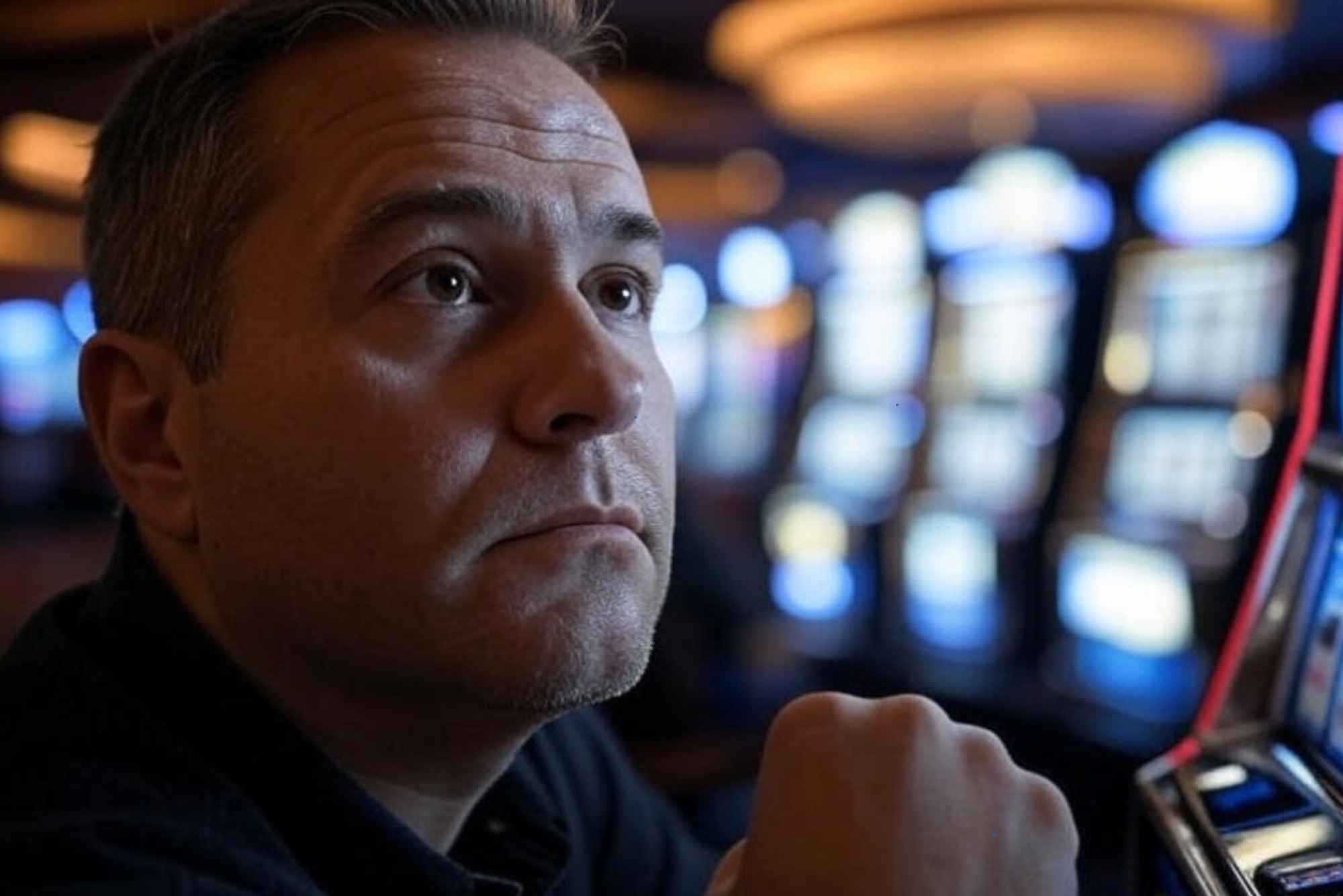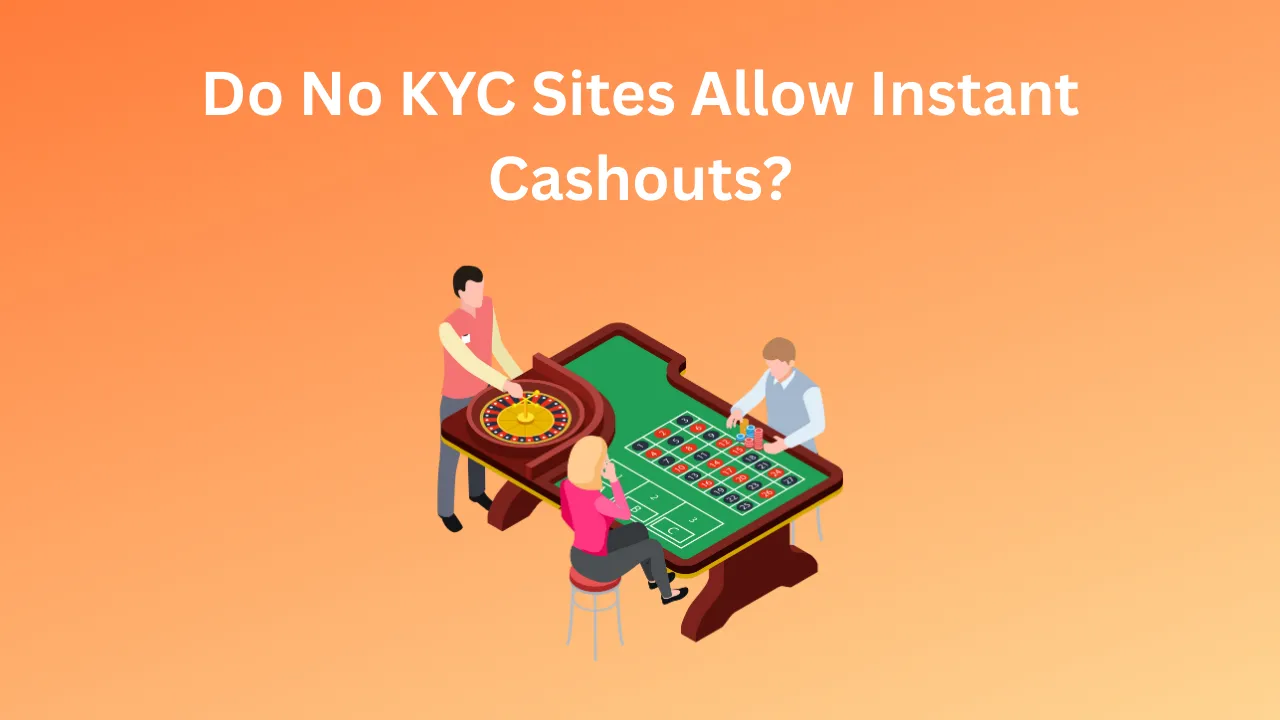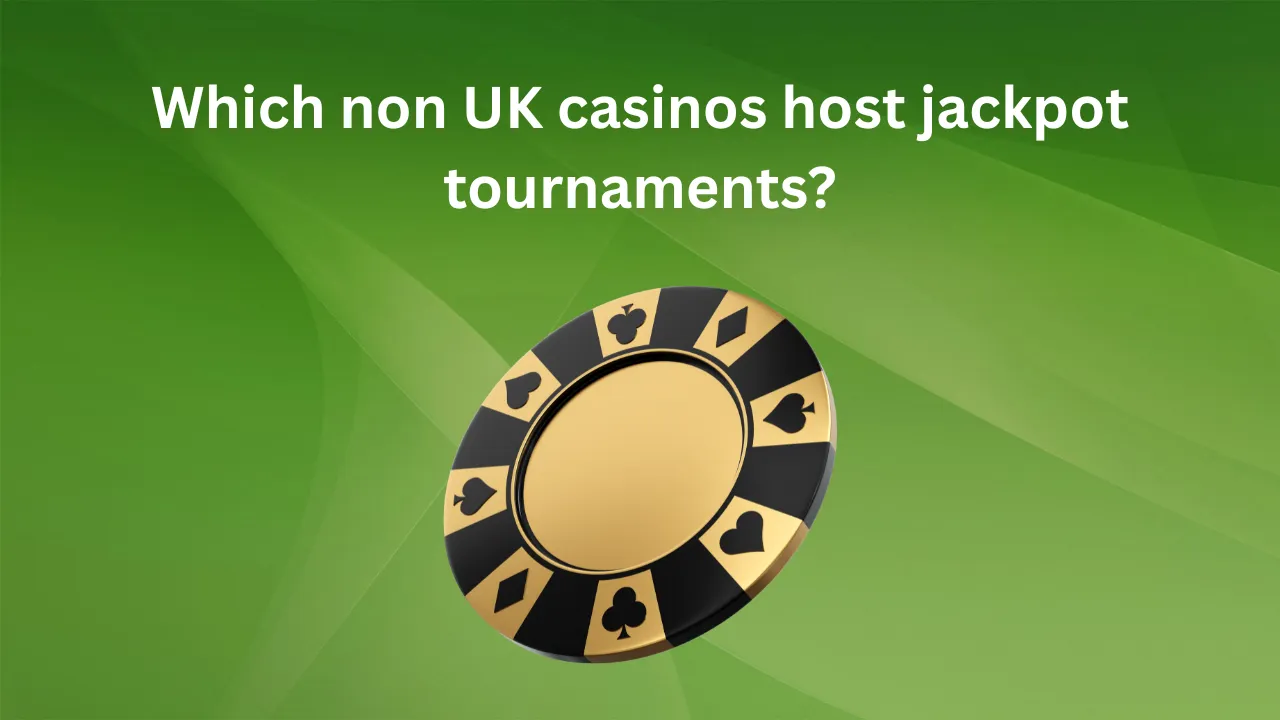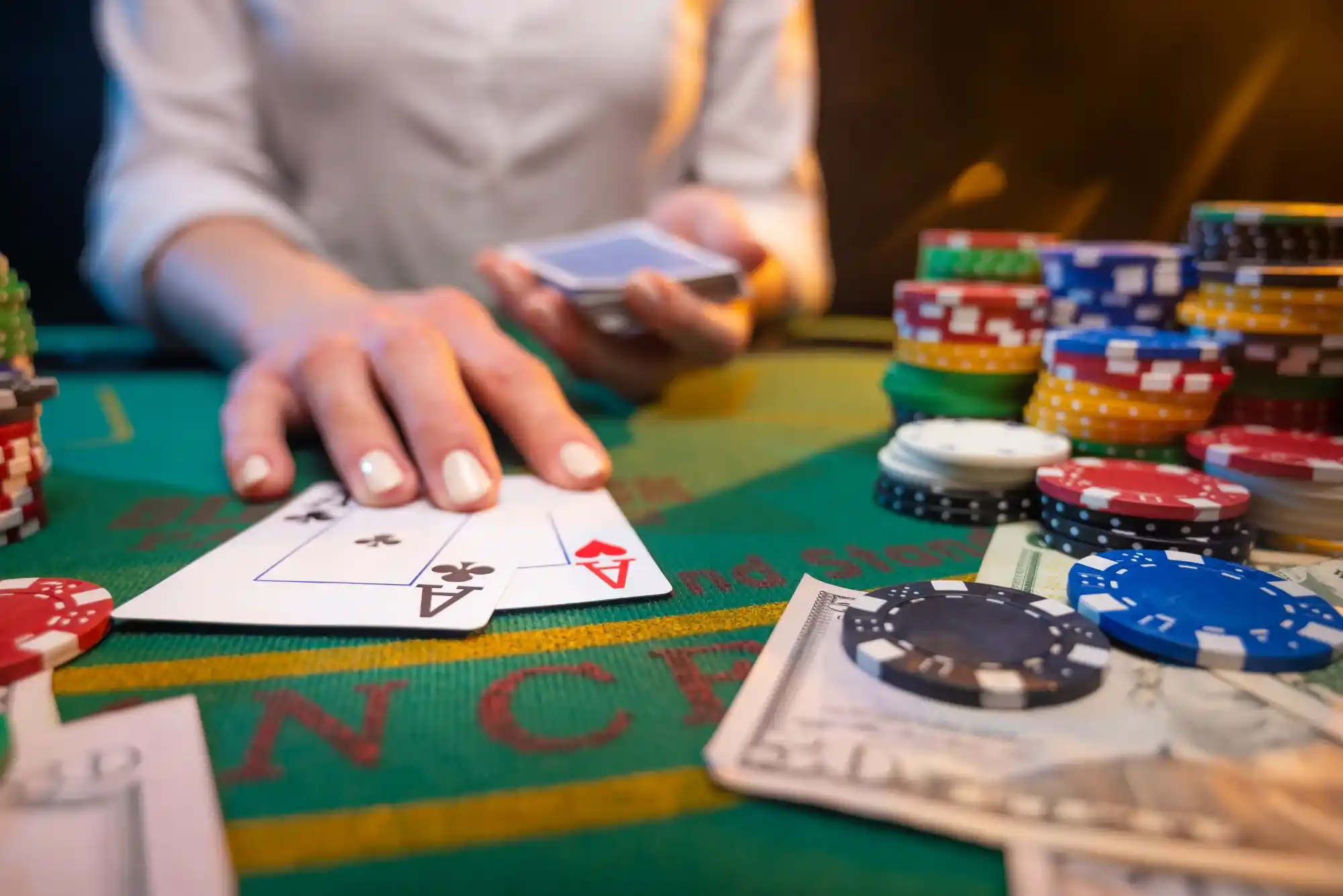If you’ve ever sat down at a slot machine, whether in a land-based casino or an online crypto casino, you’ve likely seen a paytable. It usually pops up with just a click or a tap, displaying symbols, payouts, bonus features, and multipliers. But what many players wonder is: Do these paytables actually show the maximum payout odds?
The answer, like much of gambling, isn’t entirely straightforward. Understanding what paytables do—and don’t—reveal is essential if you’re looking to improve your chances or simply want a deeper appreciation of the game mechanics. As someone who’s been exploring both traditional and crypto slots for years, I can tell you this much: the paytable is a great start, but it only tells part of the story.
Let’s break it down.
What Is a Slot Paytable, Really?
A paytable is essentially the instruction manual for a slot machine. It details all the possible winning combinations, the value of each symbol, wild and scatter bonuses, free spin triggers, and sometimes even the rules of bonus rounds. In modern video slots—particularly those found in crypto casinos—paytables can be elaborate, colorful, and interactive.
But one thing they usually don’t show is the probability or odds of hitting those wins. While they show what you could win, they don’t necessarily show how likely you are to win them. That’s a crucial distinction.
Paytables Show Rewards, Not Odds
A common misconception among players is assuming that if a paytable lists a 10,000x jackpot for landing five wilds, then that’s a realistic target. In reality, that payout may be achievable, but the probability of it occurring is so low that most players will never hit it in their lifetime.
Slot machines are governed by RNGs—Random Number Generators—that dictate the outcome of every spin. These algorithms work behind the scenes and are not connected to the paytable in a transparent way. So while the paytable will tell you what you can win, it won’t tell you how likely you are to win it.
In this sense, paytables are marketing tools just as much as they are informational. They’re meant to inform, but also to entice.
How Crypto Casinos Fit Into the Picture
Now let’s add another layer to the conversation: crypto casinos.
Crypto casinos operate similarly to traditional online casinos but allow you to wager using digital currencies like Bitcoin, Ethereum, or Litecoin. While they often offer provably fair games—a system that allows players to verify the fairness of each result—they still use RNGs to determine outcomes. And yes, their slot paytables function much the same way as any other.
But here’s where crypto casinos sometimes differ: transparency. Many crypto slots, particularly those on decentralized platforms, offer more detailed breakdowns of Return to Player (RTP) percentages and volatility. This can give you a better understanding of what to expect from a game over time, even if you still don’t see precise odds for every winning combination.
RTP and Volatility: The Missing Puzzle Pieces
If you’re trying to figure out your true chances on a slot, then RTP and volatility are more telling than the paytable alone.
Return to Player (RTP) is a percentage indicating how much of the total wagers a slot is expected to return to players over millions of spins. For example, a slot with a 96% RTP is expected to return $96 for every $100 wagered—over time. This doesn’t mean you’ll get back $96 every session. It just means the machine is mathematically designed to return that amount eventually.
Volatility, on the other hand, tells you about the risk profile of the slot. High-volatility games pay out less frequently but with larger amounts. Low-volatility games pay out smaller wins more often. Neither of these metrics is typically listed on the paytable itself, but many crypto casinos include them elsewhere in the game info section.
Can You Calculate the Odds Yourself?
Technically, yes—but it’s nearly impossible without inside knowledge of the game’s programming.
Some players attempt to reverse-engineer slot odds by analyzing symbol frequencies and reel layouts. This might work on simpler mechanical slots or older online games, but modern video slots have virtual reels and complex algorithms that make this a fool’s errand for most.
In crypto casinos that offer provably fair mechanisms, you can at least verify the outcome of individual spins. But this still doesn’t help you calculate odds ahead of time—it just confirms the randomness after the fact.
Real-World Example: A Crypto Slot Breakdown
Let’s say you’re playing a popular slot game on a crypto casino like Stake or BC.Game. The paytable shows that landing five “dragon” symbols awards 5,000x your stake. Exciting, right? But what are the odds of that happening?
The game info might tell you the RTP is 95.5% and the volatility is “Very High.” This alone should tell you that the 5,000x payout is possible, but it’s buried beneath layers of long odds and dry spells. You could spin for hours, days, even weeks without seeing it.
But if you’re playing with Bitcoin or another crypto, you might notice that the game allows micro-stakes—fractions of a cent per spin. This makes it more feasible to grind through a large number of spins, testing your luck without draining your wallet. That’s one of the unique appeals of a crypto casino: lower barriers to entry and often faster payout times.
Should You Trust Paytables?
Yes, but with a skeptical eye.
Paytables are accurate in what they show, but they leave out crucial context. They’re not lies, but they’re not the full truth either. They’re designed to get you excited about what could happen, not to inform you of what’s likely to happen.
Your best strategy? Use the paytable to understand the mechanics and symbols of the game, but refer to RTP and volatility to manage your expectations. If the slot is hosted on a crypto casino, dig into the game’s transparency features. The more info you can gather, the better decisions you’ll make.
The Bottom Line
So, do slot paytables show max payout odds? In a word: No. They show potential payouts, but they don’t reveal the likelihood of hitting those wins. For players who want a complete picture, the paytable is only one part of the puzzle. RTP, volatility, and the inherent randomness of RNGs carry far more weight when assessing your odds.
Crypto casinos add an interesting twist to this dynamic. While they generally follow the same rules as traditional online casinos, they sometimes offer greater transparency, especially when using provably fair technologies. This gives players more tools to assess risk—even if exact odds remain a mystery.
Whether you’re spinning for fun or chasing a jackpot, understanding what paytables do and don’t reveal will make you a smarter, more informed player. And in the world of slots, information is just as powerful as luck.




